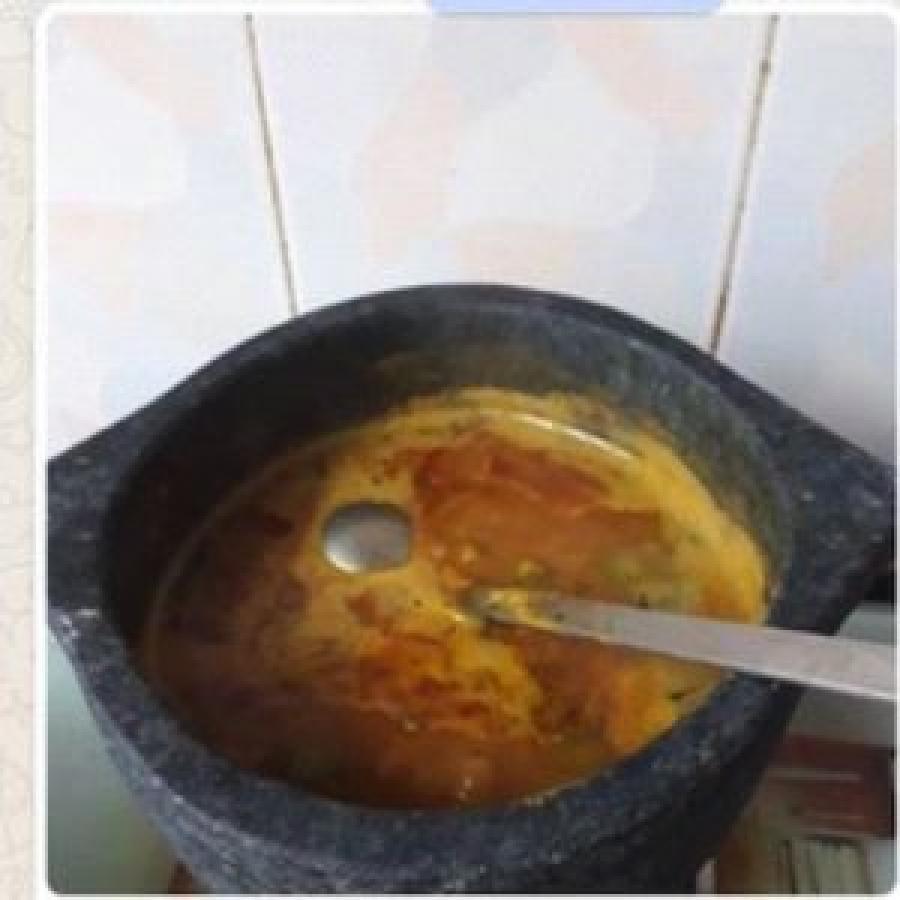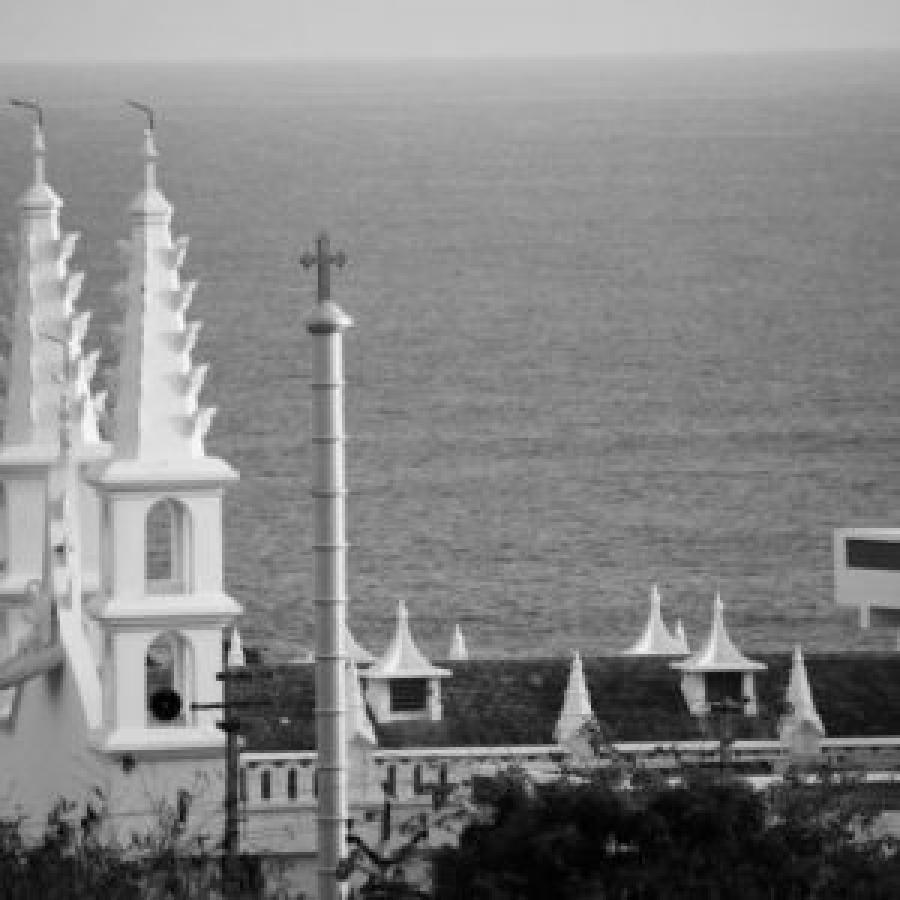At Tirunelveli we stayed with Varishta’s aunt. They organised a guesthouse right next to their place in the colony and we enjoyed the seclusion, coupled with their hospitality when it came to feeding us. As always, our work was never in the main city where we stayed. We planned our trip to the surrounding towns and villages, located about thirty-forty kilometers from Tirunelveli. Our plan was to start our visits at Kalakkad, then move to Ambasamudram, Vagaikulam and finally finish at Pathamadai before heading back to Tirunelveli. We reached Kalakkad by eleven in the morning and spoke to the director of CAST, an NGO that works with local communities, especially with disenfranchised women in creating livelihoods. One such craft was to develop artwork using natural fibers like banana fiber, sisal fiber etc. The group developed some brilliant artwork, expressing their ingenuity and creativity. Ms. Susheela, the director of this NGO, is a strong willed woman. She has been running CAST with government support for more than thirty years. She has been focusing on many areas like rehabilitation, refuge for abused women, old age homes and craft works. She was open to working with us to develop the dying art form and creating more sustainable revenue opportunities for the women folk in her region. I felt inspired meeting this woman who has done so much for society and still sees it is her responsibility to do more. Another inspiring visit comes to an end and we move to the next set of artists at Ambasamudram.



At Ambasamudram, we first met with artisans who make wooden toys. They explained how there is a sustained demand for these products and how they make these toys. It is a standard set of ten pieces per unit and all of them are made in a small workshop located nearby. They are packaged in a palm leaf box that is bought from some of the other artisans we had met earlier. The artisan at Ambasamudram was keen in making these palm leaf boxes at his workshop but identified a critical constraint. There are only few people who are trained in climbing palm trees and cutting the leaves, which are used for making these boxes. An entire community of people has moved out of this profession and with such critical supplies in constraint it impacts the livelihoods of so many people downstream. This was an important lesson for us – how do we manage the supply for all these products sustainably. With this lesson, we moved a little ahead to Vagaikulam to meet the artisans who specialise in making brass lamps and panchaloha statues. These panchaloha statues have specific proportions of different metals, per traditional techniques. They are supposed to convert the liquids used for “Abhishegam” in all the temples and at home to ions that interact with the surrounding air. Breathing this air is supposed to provide lasting health benefits. The person we met belongs to a family, which holds the secret to making these statues. Making one statue takes about two months. He read the scriptures and follows the traditionally prescribed method in making these statues. His heritage and knowledge was profound and it makes us think of how we will lose this art form with this lone individual if we don’t revive it soon. Hope Zishta can change the fortunes of such artists. With this thought deep in our minds, we moved to Pathamadai to meet Mr. Rehmatulah who is a national award winner for fine weaving in kora grass. We got to see some of the best works of art in kora grass. The smooth finish, the touch and feel were mind blowing. We learnt that this level of fine mat work takes almost twenty to thirty days to make one piece of brilliant artwork. There are only three to four people in the entire town who have the skills to do fine mat weaving. There are many more who do thicker mat weavings but the complexity of the art amazed us when we visited the workshop. The best was the name weaving they do on wedding mats. The lady who was doing it told us how they first learnt all the letters and used the fine threads to adjust the hems and hews to come up with the right letters. Every letter has specific number of hem/hew movements and it takes months of practice for them to perfect it. I hope this community revives these fine art forms and showcases it to the entire world. We have just one more place to go, which is Sengottai located in the Thenkasi district. We plan to do it the next day and travel back to Trichy from there. At Trichy we take a days break and restart the next leg of our road trip. Look forward to meeting more artisans at Sengottai.



Leave a comment
All comments are moderated before being published.
This site is protected by hCaptcha and the hCaptcha Privacy Policy and Terms of Service apply.